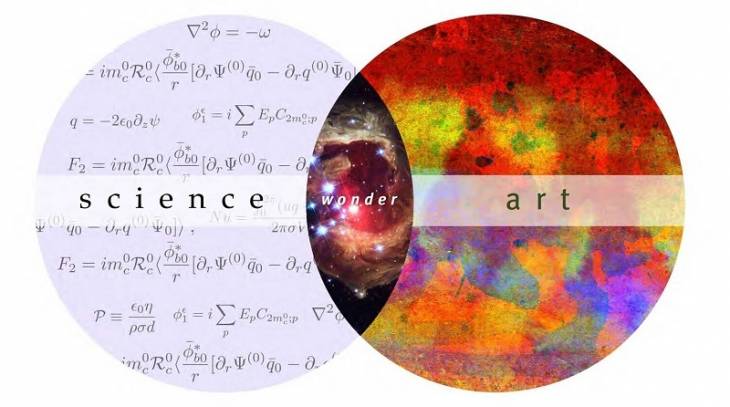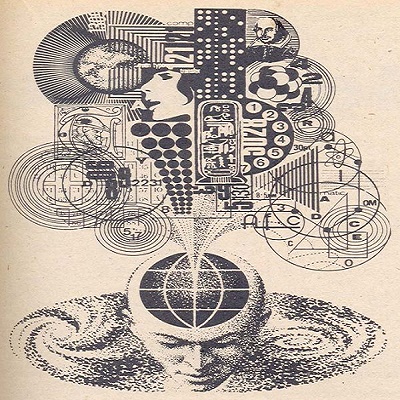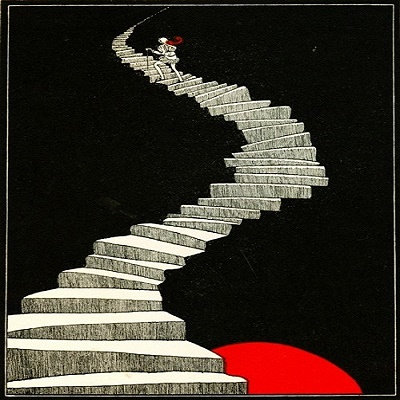Why Writing Is Both a Science and An Art

Writing, in all its varied forms, is an empowering and complex process. It calls upon the writer to bring together the random thoughts in their left and right parts of the brain and shape them into something useful, beautiful, and inspiring so another person can follow and understand it.
The need to feel understood and to know what others think matters and is universal.
Writing craft 101

You have probably heard that writing is both a science and an art. That may well be true, but how does that play out in actually writing and putting together a meaningful story?
If you break the writing practice down into the two elements, art and science, it can help to explain the how and why it's both.
The writing craft is the technical-science side, while the storytelling is the art side.
The science of writing includes sentence structure, grammar, point of view (POV), and active sentences. It’s about knowing the difference between ‘telling’ and ‘showing’ the added layers to your characters.
Science of good writing

Most Writing Craft 101 classes teach you that writing can be learned by absorbing the basics of certain elements of the craft. There are also countless writing books explaining aspects of style, structure and what elements are needed in what order. They teach how to drive plot and increase tension for the climax. The science of writing is all the details that go in developing good craft and it is absolutely essential.
Of course, once in a while, a gifted storyteller comes along, sweeping people off their feet despite a lack of craft, but mostly it is good craft that enables a good story to be received—ungirding it, making it beautiful and moving. Without good craft writing, the story gets lost in a jumble of a poor backstory and POV issues.
Hence, to be an impactful writer, you need to understand, learn and implement good writing techniques, which - one can argue - starts with understanding the innate phycological nuances and needs of human beings as it pertains to receiving and understanding stories.
When Dr. Robert Maurer, PhD, made it to a writer’s organization in London, England, he was allowed to back up for a moment and discuss the quiet change that has been taking place in psychology. For over the course of 100 years, the subject has been studying the lives of people in distress and creating stories and therapies based on their experiences with the lot.
However, recently, psychology has started to deal with people whose lives are successful in relationships, health and work. What could we possibly learn if we studied thriving families, romantic bonds and successful children in school, who go home to good relationships? These people may have uncovered the secret to successful living.
Apparently, there are four basic skills shared amongst majority of successful people, per psychology. One is the awareness of the need for attention as well as generosity in giving and appreciating; two is awareness of respecting others and reaching out to them in difficult times; three is having a compassionate and automatic ‘nurturing voice’ that reassures others that ‘it is okay to make mistakes, it is okay to ask for help’; and fourth is successful people possessing a sense of mission and vision – they are clear about their goals and have a strong sense of purpose. Now, you must be wondering: "What does all this have to do with writing?" A great deal.
Dr. Maurer interviewed writers and observed their skills of creating and moving characters in their stories. It became evident that they had reached similar conclusions without the aid of computer or research methodologies. Their apt observational skills and wisdom led them to the same heights and therefore, according to Maurer, writers are the ‘true scientists’ of this age.

Art aspect in writing
Art is what happens when a reader picks up your piece, is moved, touched and engaged by it in some way or another. As such, art is by and large a subjective and emotional experience.
Whether a piece of writing is funny, uplifting, or scary, the main goal is to engage your reader on an emotional level, create the empathy and boost that visceral reaction. Your story becomes memorable if you can capture’s your readers’ emotions. The understanding of art, unlike science, therefore, is innate – the ability to create and receive it in different proportions.
If you consider yourself a writer, you probably have the talent of composing, arranging words in beautiful and meaningful ways to a degree. You have a knack for stories, you have an emotional connection with words, which is why you’re pursuing an art form in your writings and thinking to yourself "How often should I write or blog?" every day.
The artistic writer
“People on the outside think there’s something magical about writing, that you go up in the attic at midnight and cast the bones and come down in the morning with a story, but it isn’t like that. You sit in back of the typewriter and you work, and that’s all there is to it.” – Harlan Ellison
When you think about most types of writing, art is not the first thing that comes to mind. The only exceptions can be onomatopoeic prose or poetry, which are generally quite artistic. But can other forms of writing be considered an art too?
According to Merriam-Webster, art is the use of skill and imagination to create something that is not only beautiful but also emotionally expressive. Upon digging a little deeper, you will realize that it’s the same dictionary that says any skill can be termed an art. Thus, you have the art of cooking, the art of diplomacy and even the art of making friends.
As long as you exercise a little imagination and creativity in the process, anything you’re skillful at or positive about, can be considered an art.
Art of brevity
I doubt you would immediately take a lawyer to be an artist, although it is true that being a writer of legal documents is artistic since you have to do a lot of deep thinking and produce watertight work. There is also a lot of work and creativity that goes into the art of brevity to provide the bare facts in a memorable, clear manner without beating about the bush.
Consider this piece of writing: "It was a good day. We went to the café, had a meal and then went home." This type of writing, in whichever sector or scenario, is all rather ho-hum and boring, isn’t it?
Let’s try it from a different angle: "It was a wonderful day with fluffy clouds sailing across the sky so impeccable and blue it defied description. We ate magnificent food at a charming restaurant with a courtyard shaded by green trees. After lunch, we took a scenic route home along the wide lakeshore, bumping and rattling along the untarred road."
I can bet that most people would find the latter piece of writing more expressive, creative and memorable. The use of descriptive words such as lovely weather or pleasant café immediately propels you to visualize the scene in your head and stirs certain emotions.
However, for any piece of good writing, the text that describes events or occurrences must be lean and not bloated with fluff or unnecessary words and details. Achieving that is itself an art form.

Magic of writer’s creativity
Ultimately, when it comes to writing, real creativity and innovative thinking is critical. Whether you plan to drench yourself in composing a poetic verse, believe that there is a novel in you, or are just handling a blog entry or an article, your creativity can transform your writing into a work of art.
Factual writing, in comparison with poetry, for example, might not be considered artful. However, if there is an element of creativity in the way a piece of writing is presented, that makes readers feel a need to peruse and discover more. As such, any sort of writing composition can be called art, yet genuine creativity is what transforms it into something extraordinary.




















